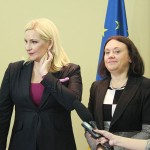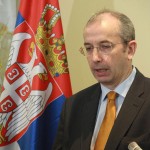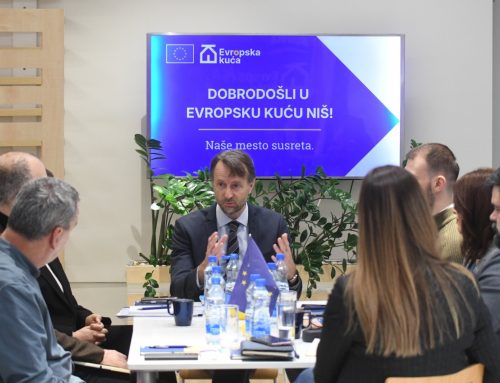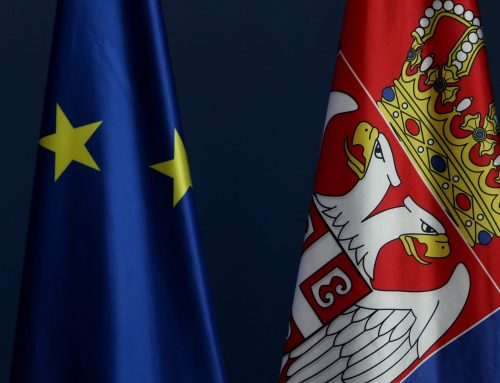Serbia is the first non-EU country to have introduced Gender Equality Index as an important indicator in the area in which, nevertheless, still has much work to do before it reaches European standards. This is one of the conclusions of the conference held on 2 February in Belgrade, presenting the 2016 Gender Equality Index and participated in by President of European Institute for Gender Equality Virginija Langbakk.
Vice-President of Serbian Government/President of Coordinating Body for Gender Equality Zorana Mihajlovic said that following the adoption of gender equality law and strategy, the Gender Equality Index was an important indicator showing the progress of the country in the process of gender equality.
According to her, gender equality in Serbia remains most troublesome in the area of “employment and money” because “women form the majority of the unemployed and earn less money.” Mihajlovic said that, even though “women represent 52 per cent of Serbian population, only 30 per cent of them are employed.”
The results are best when it comes to power, not only measured by the level of participation of women in the Parliament, but also measured by the number of women officials, said Mihajlovic and as an example cited Governor of the National Bank of Serbia.
Director of European Institute for Gender Equality Virginija Langbakk welcomed the fact that Serbia was the first EU candidate country to “do this good job” and expressed hope that countries in the region would follow Serbian example.
Langbakk says that, when it comes to power, Serbia has good performance, but the Index will show what more could be done in each area.
Head of EU Delegation to Serbia Michael Davenport said the Gender Equality Index was another opportunity to showcase the results of the fruitful cooperation between the EU and Serbia in that area.
I am happy to know Vice-President Mihajlovic timely realised the potential of this useful instrument for the analysis of gender equality statistics and to know Serbia is the first non-EU country to tackle this issue, Davenport said and added he hoped that the instrument would have impact on public policy in that area.
Gender Equality Index for Serbia is 40.6 per cent, compared to EU-average of 52.9, indicating Serbia is not even halfway towards gender equality.
2016 Gender Equality Index for Serbia indicates pronounced gender gap in the area of labour, present in both sub-domains – participation, division and the quality of labour. Woman’s working life is five years shorter than man’s; women are less represented in executive and legislative power and less frequently have flexible working hours.
Report “Measuring gender equality in Serbia” and data obtained by Index available at the site of European Gender Equality Institute:
www.eige.europa.eu
- Langbakk – Gender Equality
- Langbakk – Gender Equality
- Davenport – Gender Equality







